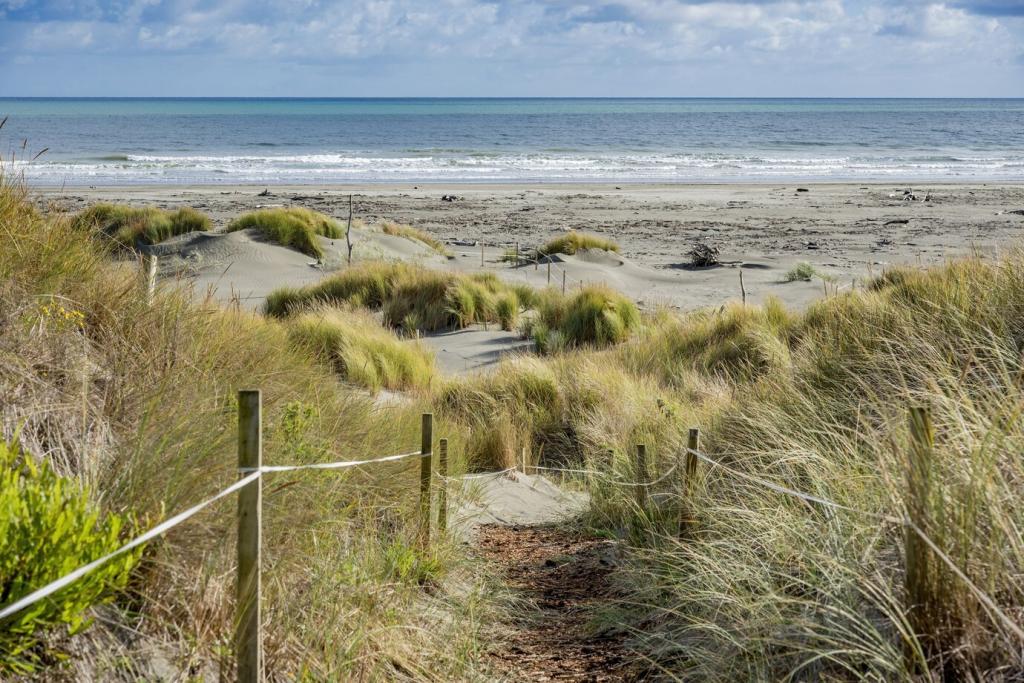Passive Solar Design for Eco Homes
Chosen theme: Passive Solar Design for Eco Homes. Discover how to gather winter warmth, tame summer heat, and build everyday comfort with thoughtful orientation, glazing, and materials. Subscribe for fresh insights and join our community of sun-smart, planet-friendly home creators.



Start with the Sun: Orientation and Form
In the Northern Hemisphere, orient primary glazing toward true south within about fifteen degrees; in the Southern Hemisphere, aim for true north. A reader rotated her footprint twelve degrees and gained luminous mornings while cutting afternoon heating. That small alignment changed comfort more than any gadget.
Start with the Sun: Orientation and Form
A compact building form reduces heat loss, while an elongated east–west axis maximizes winter sun. One bungalow shifted its courtyard slightly south, shrinking west-facing glass and slicing harsh summer glare. The result felt calmer, brighter, and easier to heat without mechanical complexity or higher bills.





Fixed Overhangs that Actually Work
Size overhangs for your latitude so they block high summer sun while admitting low winter rays. Model the solstices, then fine-tune for equinox afternoons. One small porch extension cut August overheating dramatically without dimming December sunshine, proving geometry can beat expensive mechanical fixes.

Deciduous Trees and Screens
Leafy trees cool summers and let winter light through. Exterior screens and pergolas intercept glare before it hits glass, far more effective than interior curtains. A single trellis with vines on a west wall softened sunsets, reducing peak indoor temperatures while adding a beautiful, living façade.

Night Purge Ventilation
Open high vents and opposite low windows to flush heat at night, then close the house by morning. Mass stays cool and carries you through the day. A reader set a reminder at dusk and reported three degrees lower indoor highs without running the air conditioner.
Daylighting Without the Glare
Clerestories vs Skylights
Clerestories bring high, gentle light deep into rooms with less summer gain than many skylights. If you use skylights, choose north-facing or shaded types. One studio swapped a leaky skylight for a south clerestory with a shelf, gaining calm light and fewer overheating complaints.
Light Shelves and Reflectance
Light shelves bounce sun to the ceiling, brightening depth while shading the lower glass. Pair them with matte, light-colored ceilings to spread luminance. This simple strategy improved reading comfort in a passive solar library where direct sun once caused glare and afternoon eye strain.
Healthy, Happy Rhythms
Diffuse morning daylight supports circadian rhythms, focus, and mood. Passive Solar Design for Eco Homes favors consistent, soft brightness over harsh contrasts. Orient breakfast nooks to gentle sun, then buffer screens for midday. Readers often report improved sleep after taming glare and chasing balanced, natural light indoors.

Materials that Store the Sun
Dense materials near sunlit zones act like thermal batteries. A polished concrete floor soaked up winter rays in one retrofit, keeping evening chills at bay. Protect from rugs where sun lands, and ensure visual warmth with natural textures so performance never feels cold or industrial.
Materials that Store the Sun
Modern phase-change panels tuck into walls or ceilings, storing heat around comfort temperatures. They help when added mass is impractical. A compact urban apartment used thin PCM boards behind drywall to blunt afternoon gains, avoiding the weight and thickness of masonry while preserving minimalist aesthetics.
Quick Wins This Weekend
Add exterior shade to east and west windows, hang insulated curtains for winter nights, and seal drafts to protect gains. Try reflective blinds that bounce summer sun out. One afternoon of tweaks can noticeably calm temperature swings and make living rooms feel instantly more manageable.
Deep Retrofits with a Plan
Consider adding south-facing glazing with purpose-built overhangs, upgrading to high-performance windows, and introducing interior mass via a topping slab or masonry feature. Coordinate airtightness and ventilation. Phasing these steps keeps disruption low while steadily transforming a conventional shell into a passive solar performer.
A Short Story from the Field
Maya and Luis turned a chilly living room into their favorite winter lounge by adding a south window bay, a modest concrete hearth bench, and a porch overhang. Their heater now rests through sunny days, and summer sunsets no longer roast the sofa cushions.
Simple Modeling Tools
Use a sun-path diagram, sketch with shadow studies, or try free tools like Climate Consultant, Energy3D, or Ladybug for SketchUp. Even cardboard models under a lamp teach a lot. The goal is clarity: where sun lands, how long, and what your mass can realistically store.
Monitor and Tune
Place inexpensive sensors on floors, near windows, and in shaded corners. Track day–night swings for a week, then adjust shades, vents, or overhang angles. One household halved afternoon peaks by moving a light shelf upward—proof that small, informed nudges refine comfort beautifully.
Share Your Results
Post a floor plan, compass orientation, and a week of temps in the comments. What surprised you most? Your data, photos, and lessons will help others practicing Passive Solar Design for Eco Homes make smarter choices, faster. Let’s learn together and keep improving.
